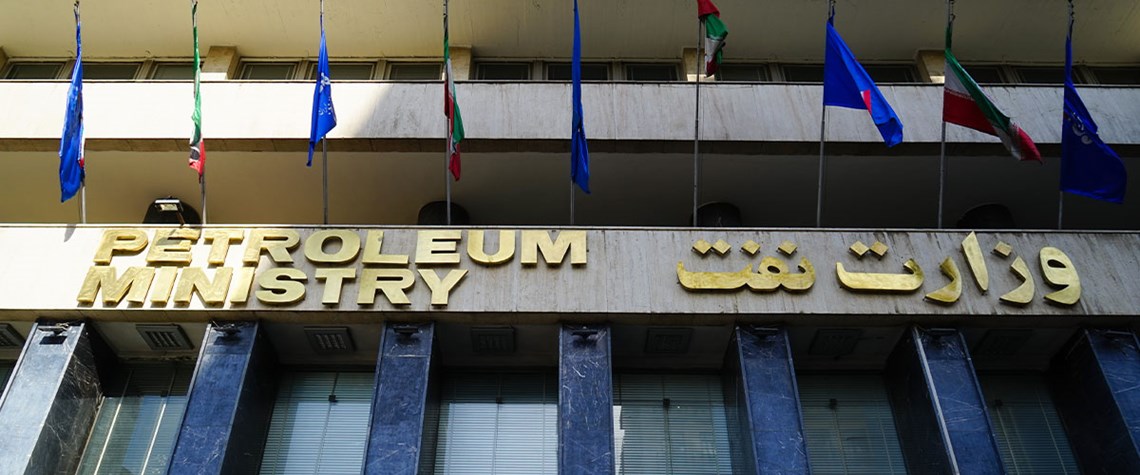Iran unlikely to prove a gas saviour
Any hopes that the Mideast Gulf state could increase production and exports to help ease the global shortfall are misplaced
Iranian oil minister Javad Owji announced in late June that the final phase of the two-decade-long development of the giant South Pars offshore gas field would enter production in three months’ time. Buoyed by rocketing prices received for its illicit oil exports, Tehran is doubling down on upstream investment and prioritising gas. But any hopes of fresh material Iranian supply hitting the global gas market will likely be disappointed. Profligate domestic consumption, coupled with technical and financial constraints on output and export growth, render a substantial near-term increase in overseas sales improbable. Iran is the world’s third-largest producer of gas—some 70pc of which comes from

Also in this section
5 December 2025
Mistaken assumptions around an oil bull run that never happened are a warning over the talk of a supply glut
4 December 2025
Time is running out for Lukoil and Rosneft to divest international assets that will be mostly rendered useless to them when the US sanctions deadline arrives in mid-December
3 December 2025
Aramco’s pursuit of $30b in US gas partnerships marks a strategic pivot. The US gains capital and certainty; Saudi Arabia gains access, flexibility and a new export future
2 December 2025
The interplay between OPEC+, China and the US will define oil markets throughout 2026







